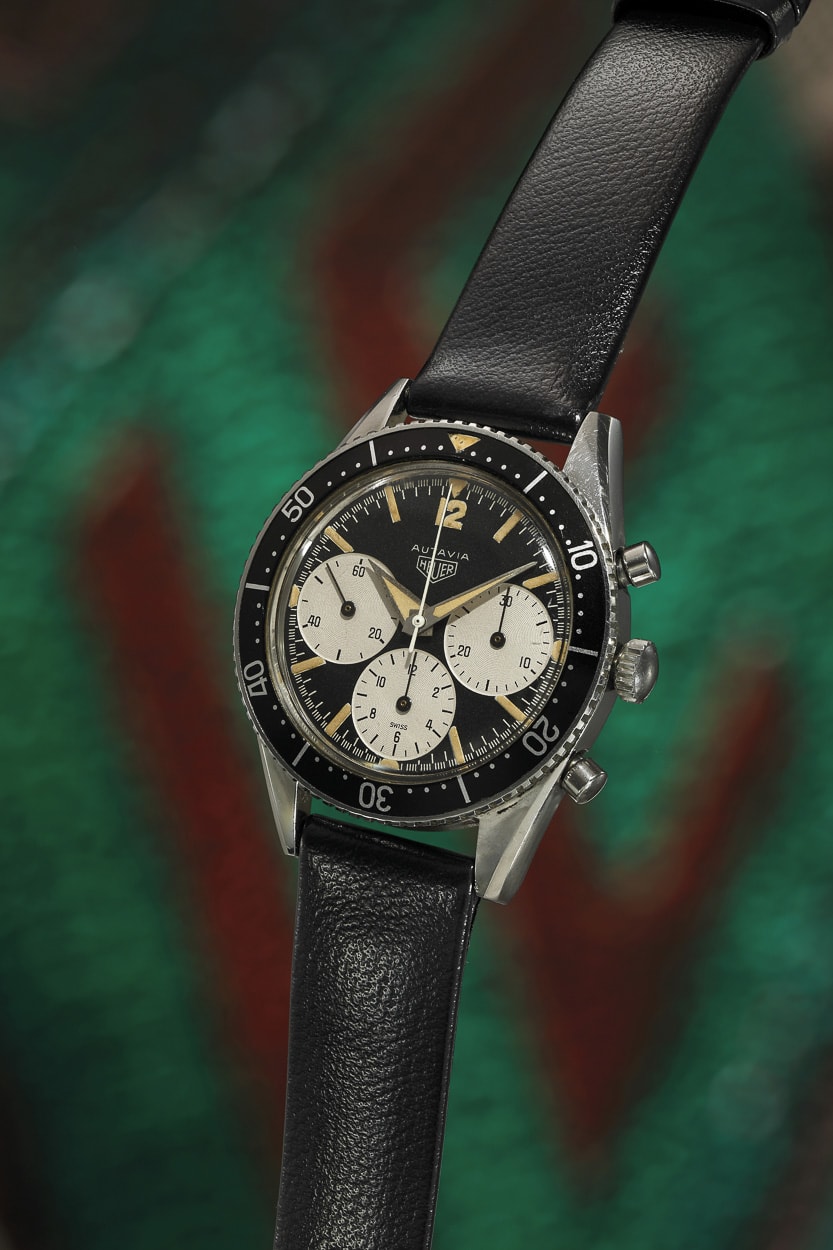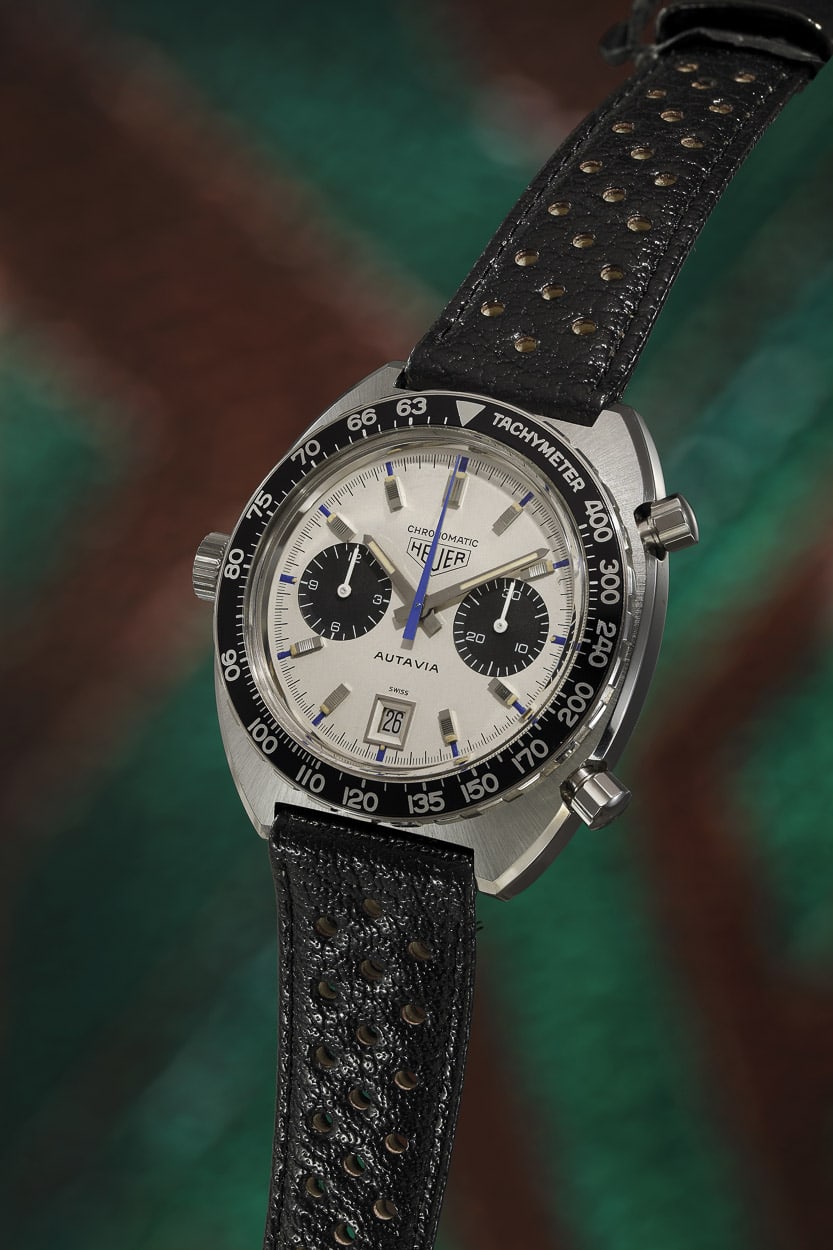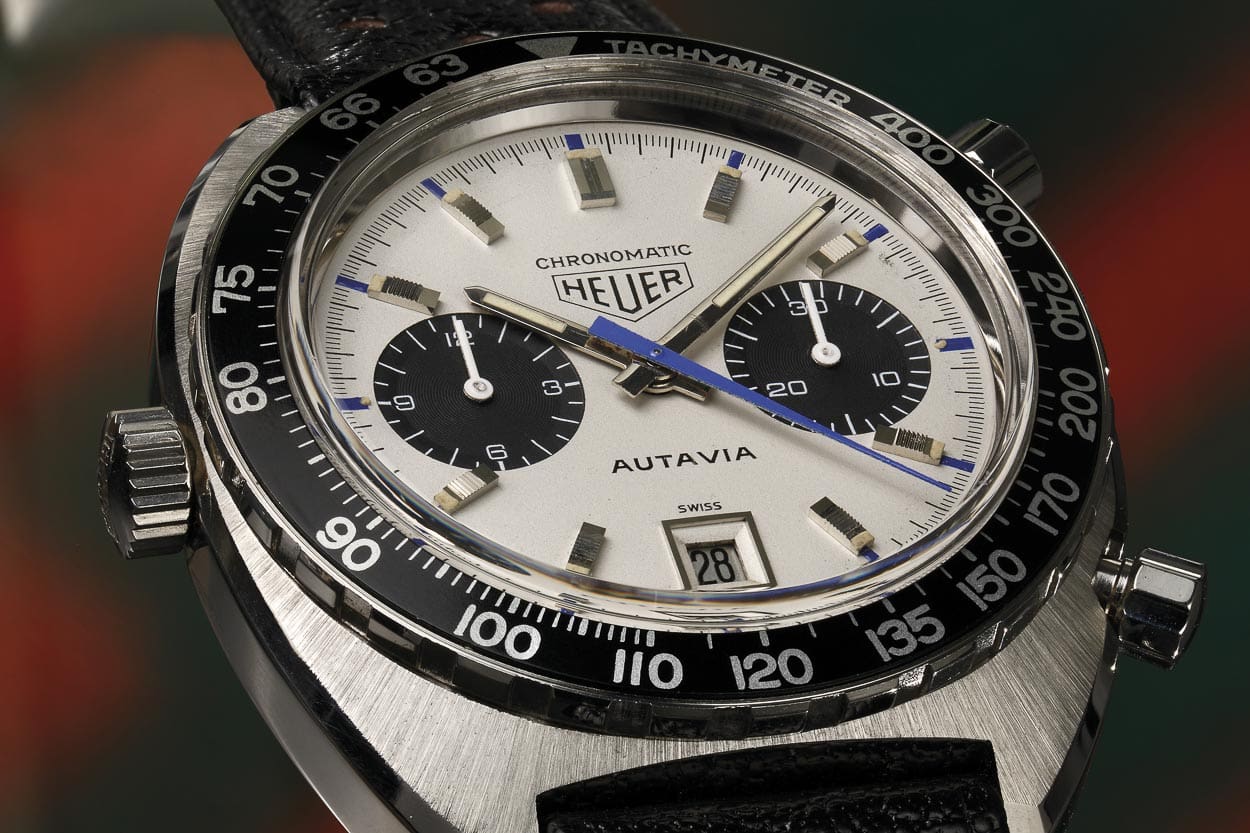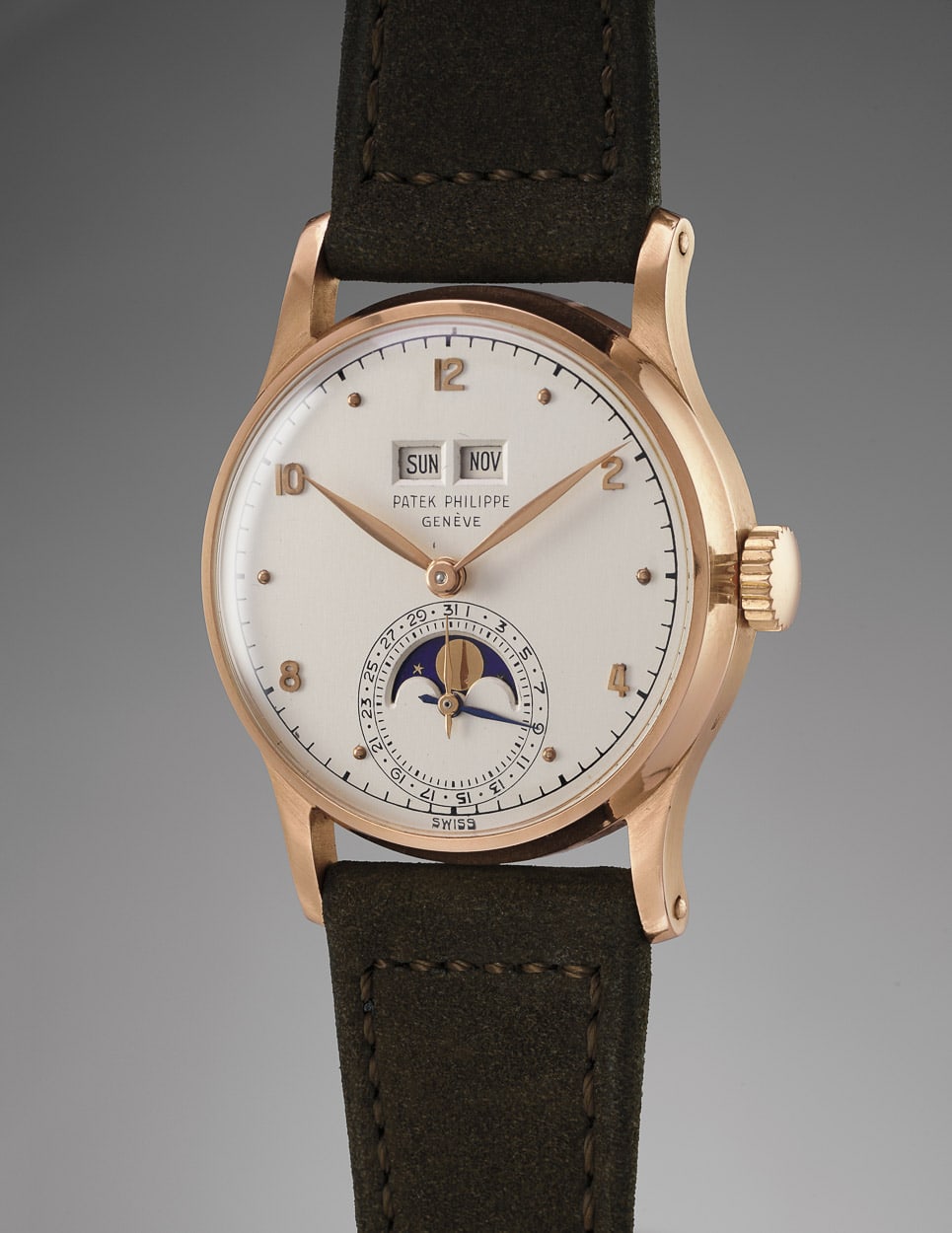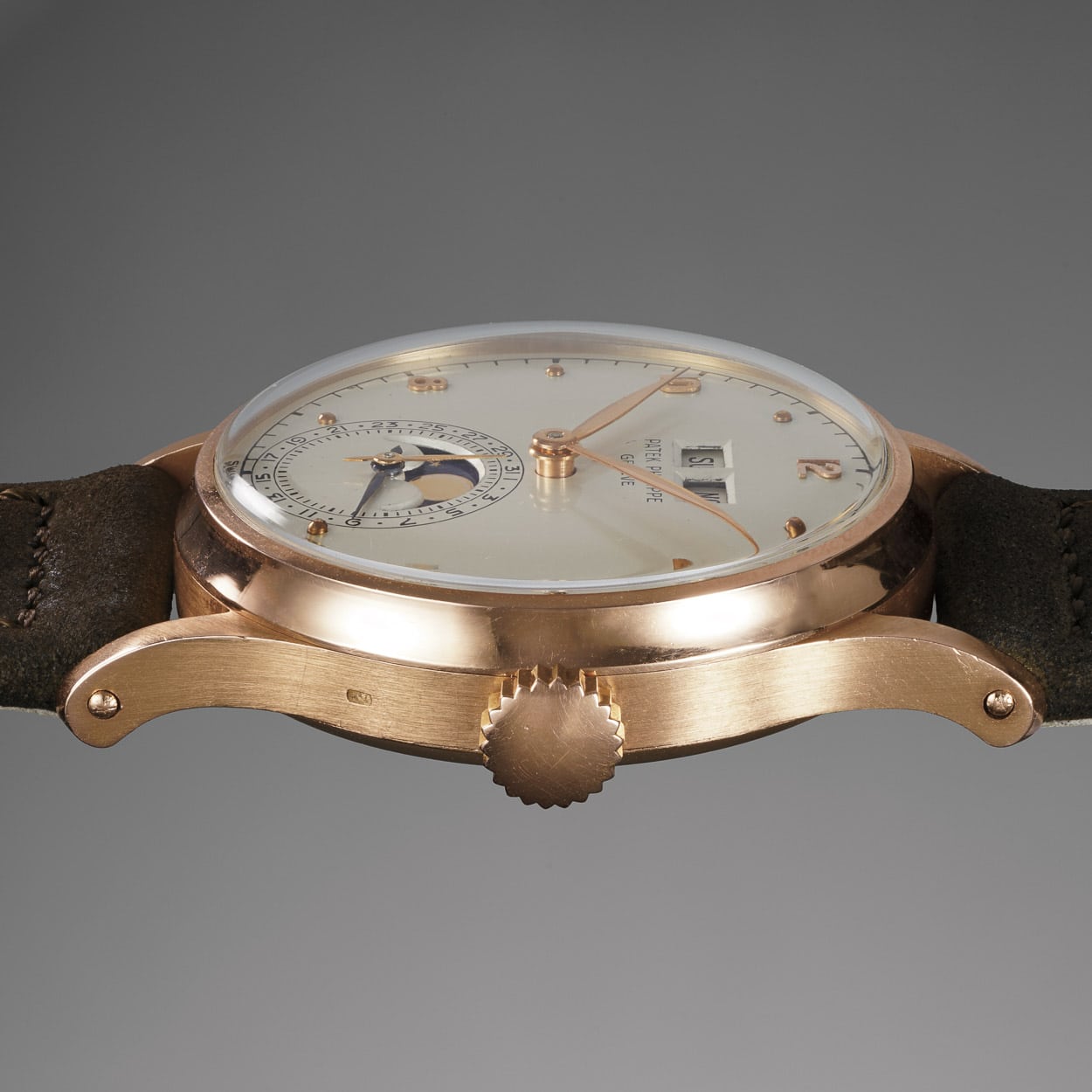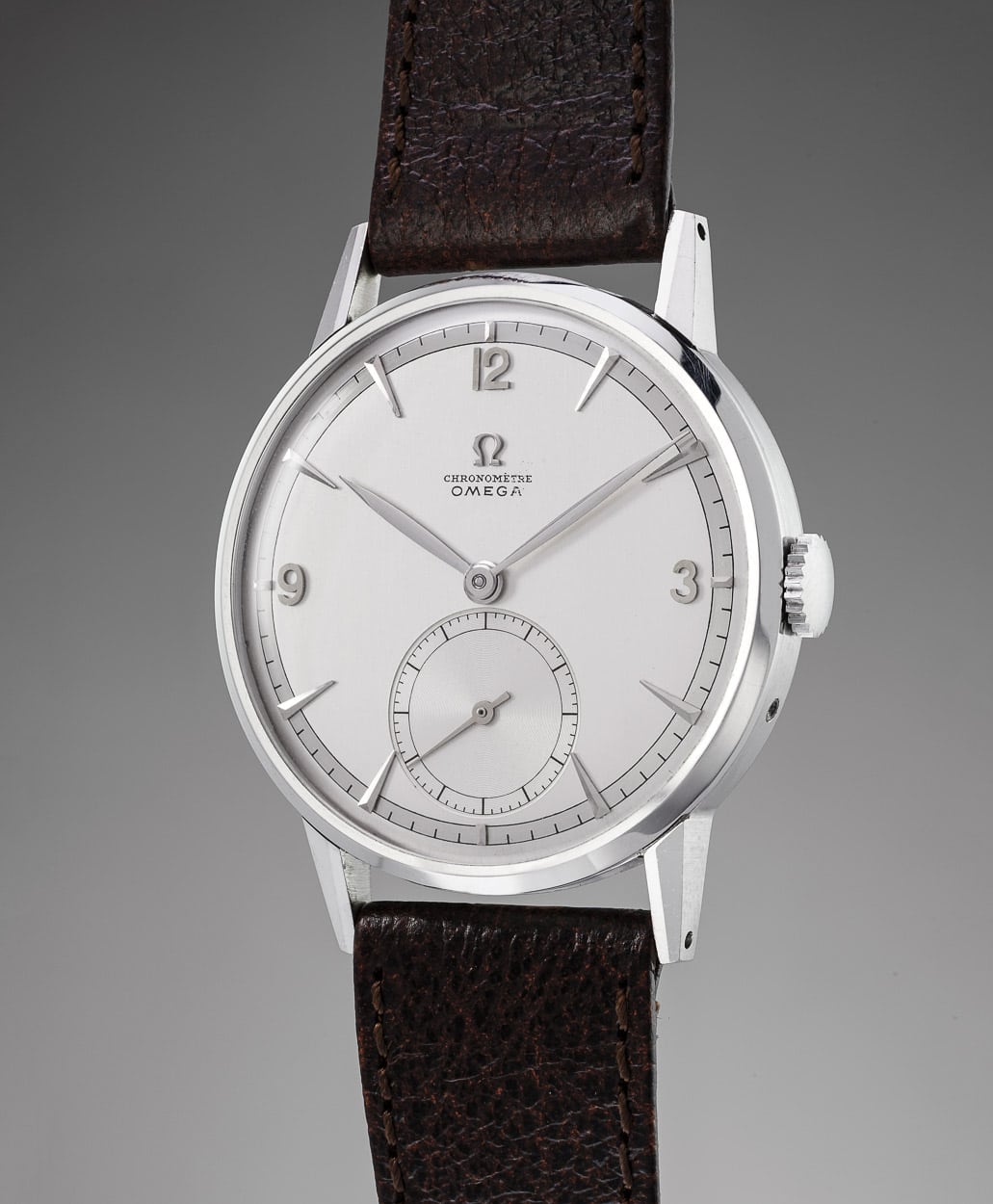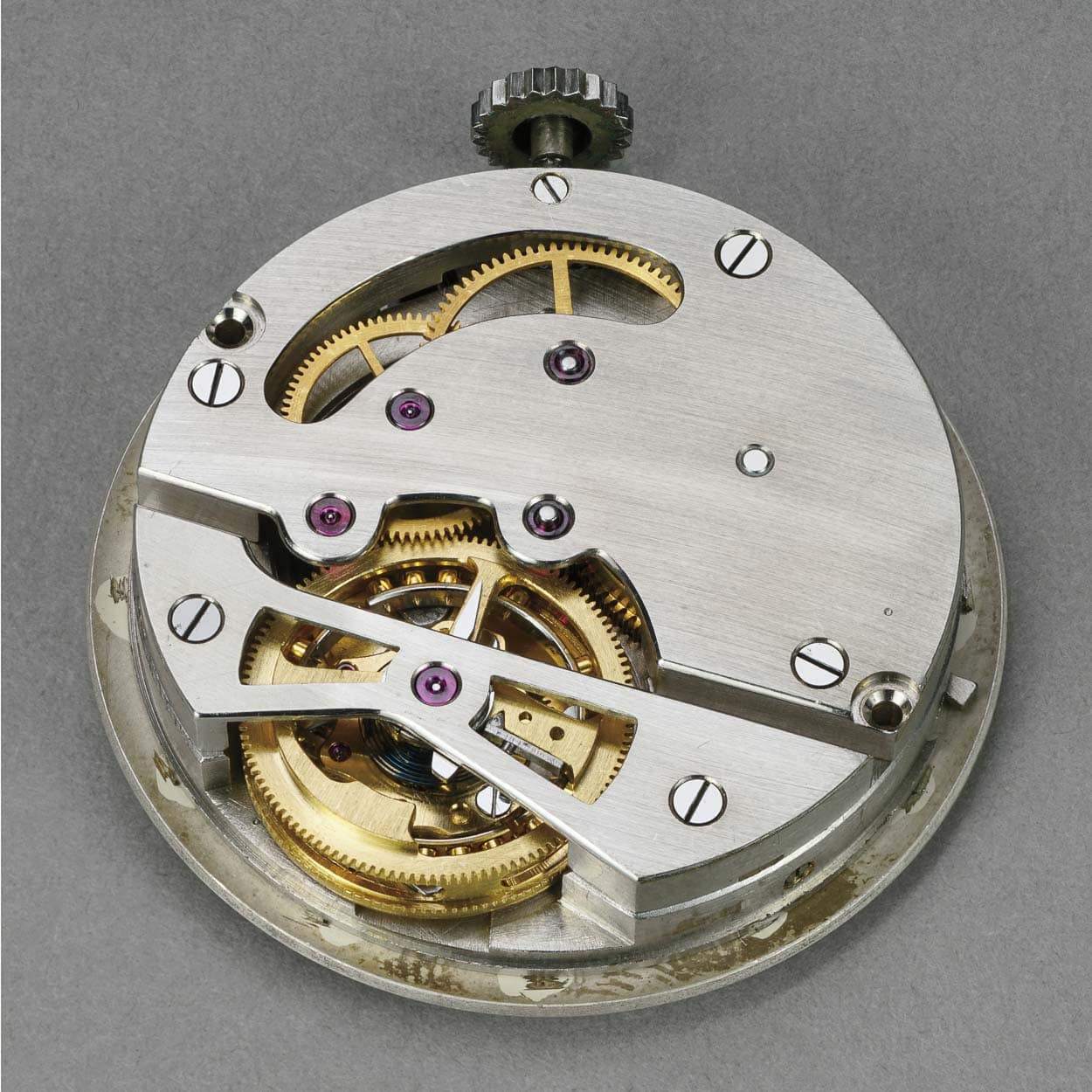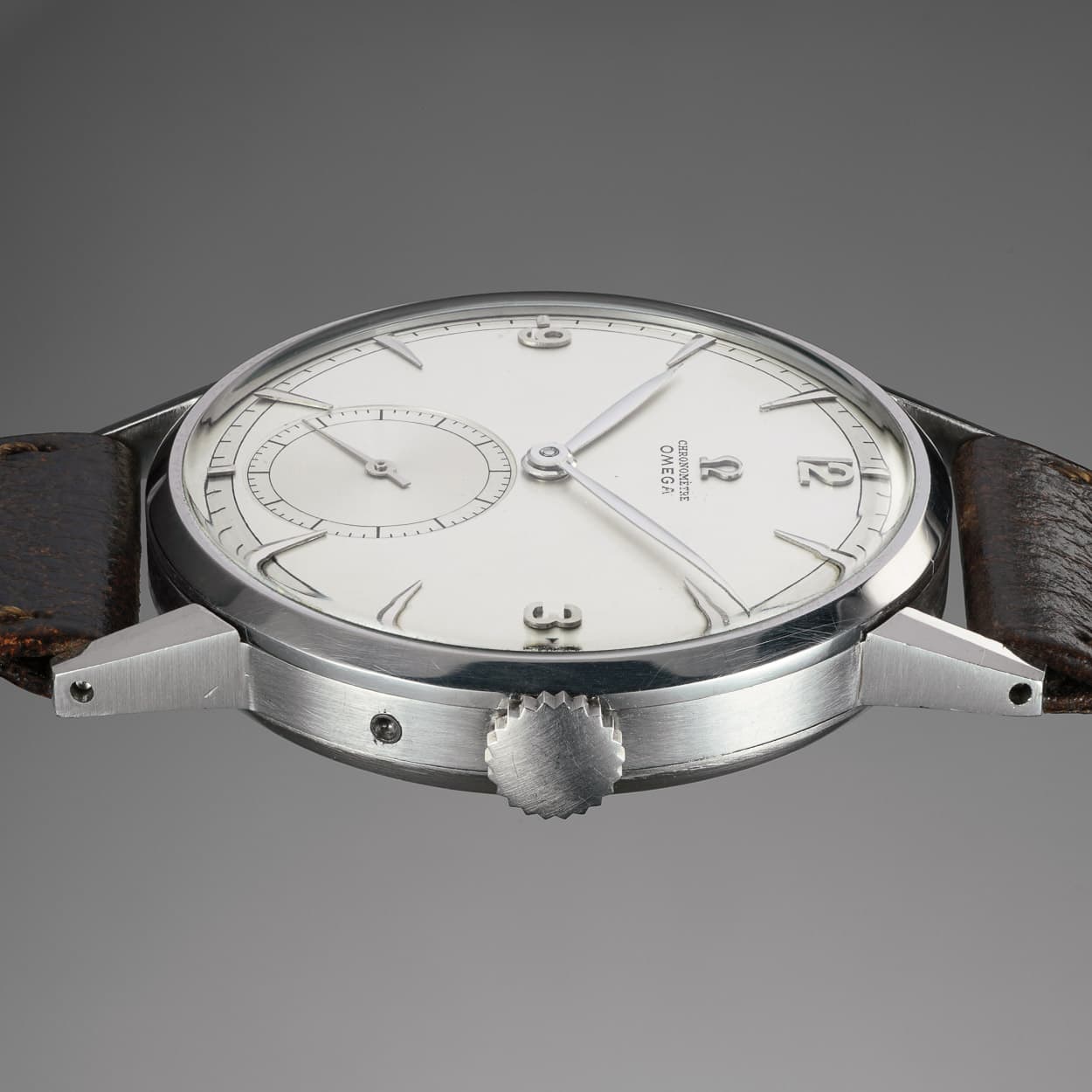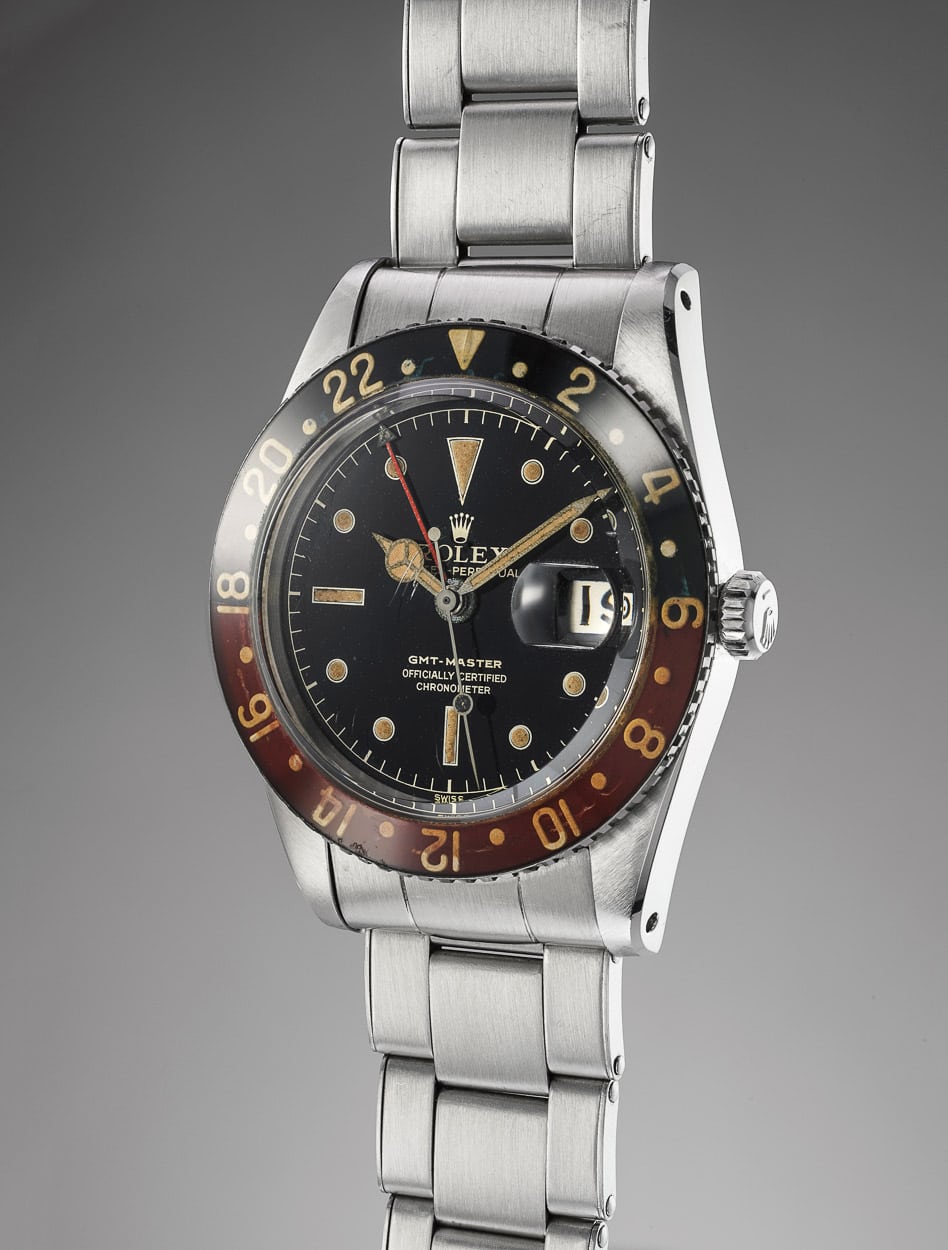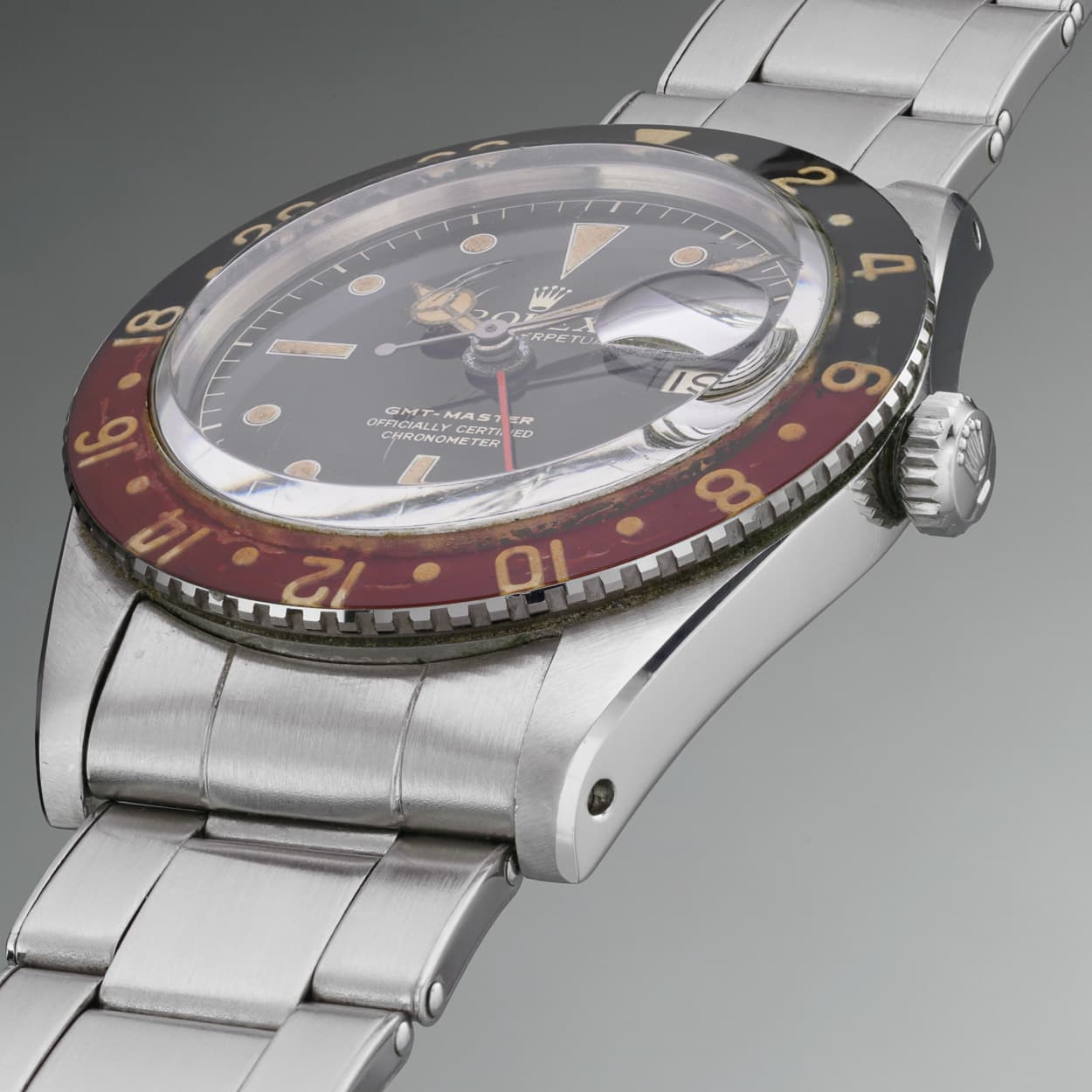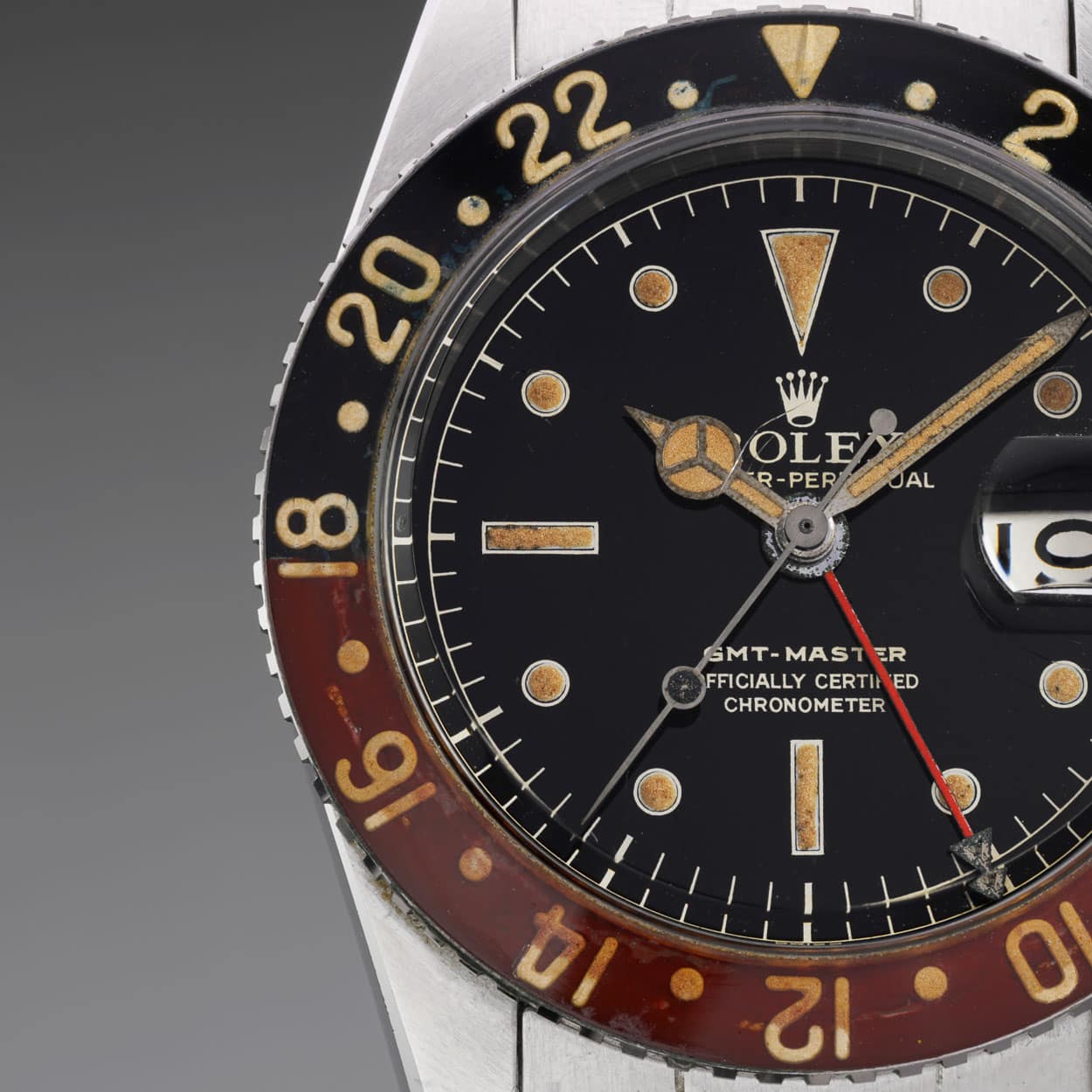Preview of Geneva November 2017 Auctions
Back for their sixth Geneva watch auction season, Aurel Bacs & Livia Russo in association with Phillips auction house are on a pretty impressive winning streak. They are returning from a world-record shattering result (for a wristwatch) of $17.8 million when they sold THE Rolex “Paul Newman Paul Newman” Daytona in New York at the end of October. I specify wristwatch as to not offend Patek Phillipe’s overall record in the watch category with the $24 million reached for the Graves Super complication pocket watch sold in 2014 at Sotheby’s Geneva.
I was lucky enough to be in New York to witness this historic moment and was amazed by the rest of the overall performance as well. For their first sale in the US, it is worth mentioning that outside the PN result, they achieved $11 million in sales also, which is a fantastic result. When combining the two for $28.8 million, it is the most successful watch auction ever held in the United States. Bravo! I have repeatedly had several collectors ask about the impact this sale had on Rolex Paul Newman Daytona prices. My answer is simple: Let’s say that a nice 6239 PN Panda is worth, on average, $170K, that means the watch from the auction was 99% valued for provenance and 1% watch. So, unless you have James Bond’s ‘James Bond’ Big Crown Submariner, let’s move on.
Expectations for Phillips are so high that they regularly fall victim to criticism. However, the reality is that in their first US sale, most of the lots sold above their high estimates. Less than a handful of estimates were maybe high to begin with and therefore appeared to have underperformed and, yes, the market is soft on Panerai and, yes, most modern watches, even a nice A. Lange & Söhne Tourbillon, are currently not bullish. However, I carefully went over the results, one by one, and maintain this was beyond an excellent sale, even outside the Newman result.
In any case, the ‘dream team’, led by Aurel Bacs and Livia Russo, continues to grow and Phillips has recently welcomed Arthur Touchot, ex-Hodinkee, to head their digital strategy here in Geneva. He is a wonderful addition to an already strong line up. Aurel and Livia’s team in Geneva doesn’t miss a beat and the office was bustling last week when I dropped in to look at the collection for my preview article. Aurel Bacs was being pulled in every direction, but kindly made some time to discuss some of my favorite lots with me. The team looks ready for what will be an exciting thematic Heuer sale as well as an impressive regular catalog. Their Geneva auctions tend to be packed and buzzing with excitement. I enjoyed my preview thoroughly and will, as always, be attending this weekend. I did spot a few empty champagne bottles in the kitchen on my way out, but the celebration was likely short lived, because they appear to be full steam ahead.
HEUER PARADE (The Crosthwaite & Gavin Collection: Exceptional Heuer Chronographs from the Jack Heuer Era)
This thematic auction takes place on in the afternoon of Saturday November 11th in Geneva is comprised of a single collection from two collectors of 42 vintage Heuers, namely Autavias, Carreras, Monacos and a few Seafarers and Mareographes. The last lot (43) is a beautiful limited edition Autavia donated for auction to benefit Save the Children.
The catalog estimate value of the 42 watches is between CHF 710,000 to CHF 1.1 million, which is quite impressive with just Heuers. Michael Stockton already gave us some great insight into this thematic auction in early October. It is amazing to witness as, like Mike mentioned, this was not something we could have anticipated a few years ago (but maybe we should have). I have discussed with collectors, over the years, what makes a vintage brand explode suddenly and what are the precursory signs of this phenomenon.
Much like predicting the path of a storm, there is a scientific part to it and another is just gut feeling. Some of the tell-tale signs to look out for are: enough vintage watches in circulation to have a consistent market for them, a rich brand heritage, a brand that still exists today, properly documented literature available (online or books), a large volume of forum discussion on the brand and its vintage models and, if we are lucky, a dedicated museum or even access to archives. Many treasured vintage watches from brands like Omega, Breitling, Zenith, Panerai, Jaeger-LeCoultre, Longines, Vacheron Constantin, Breguet, Blancpain and even Universal Geneve fit the description either entirely or for the most part. Have they all achieved the euphoria level? Some maybe but not entirely because there is some part of the list which is either incomplete, missing or needs improvement with underlying potential. Also, the impact of decisions by the brand today can also impact values of its vintage pieces (a wink to Breitling).
Rolex is in their own world and Patek Philippe is at the top of its class. Heuer satisfies the attribute list I mentioned above, but what precipitated the influx of collectors towards Heuer? In my opinion, the rise in prices among other vintage watches leaves many to hunt for other interesting and rare treasures within our budgets. Basically, when the vintage Daytona market grew out of reach for most of us, Speedmasters, Autavias and Navitimers started looking good to a wider audience. Meanwhile, Heuer aficionados have been around for decades and, thanks to Phillips, two of them, British authors on the subject, are auctioning their collection.
Here are two of my personal favorites:
LOT #3
Heuer Autavia 2446M ‘Big Subs’
Let’s rewind a bit. In 2010, Bonhams London presented ‘The Haslinger collection’ of 100 Heuers in the first pages of its catalog. It was record-setting at the time. However, the way underappreciated Autavia 2446 in that sale sold for …. GBP 5,400 or about 7,000 Swiss Francs at the time. (Here)
That is less than one tenth of the low estimate in this auction (see below). Yet, the current estimate on such an exquisite and totally original example such as this one is reasonable today. Back then, a rare Carrera was still the elite class of vintage Heuer with most of them selling for more than this Autavia.
The Autavia, which was the first Heuer to carry a model name on its dial, was launched in 1962 in a two and three register configuration powered by either a Valjoux 92 or Valjoux 72 respectively. This was 5 years after the launch of the Omega Speedmaster, one year before the Rolex Daytona and it was advertised to be the single answer for pilots, racers and even divers with its large readable registers (Big Sub) and choice of rotating 60-minute bezel for divers and racers or a 12-hour bezel for pilots.
These early examples are impossible rare, especially in collector quality condition, whether with first execution full radium hands or metallic ones with luminous center such as this example, and only a dozen or so are known today. These are indeed so rare that a few have traded privately this year for six figures and have not resurfaced since. The two-register version (Lot 5, 3646M) is favored by some for aesthetic balance and luminous 12-6 combo, including myself, but this configuration remains the king of Autavias.
Estimate CHF 80,000 – 120,000
LOT #3
Heuer Autavia 1163T ‘Siffert Chronomatic’
When trying to discern exactly what a Heuer ‘Joe Siffert’ Autavia is, one can become slightly lost. Among these Autavia reference 1163 with panda dials, commonly nicknamed after the Swiss racecar driver, there are 6 variants known as Mark 1 to 6. Each having small differences in dial configuration, hands or caliber with the previous. Then, the manual wind 73363 (2 register) and 73663 (3 register) panda dials are referred to as ‘Siffert colors’. It’s a bit confusing at first, but it starts to make sense when you get into them. Much like the ‘Paul Newman’ Daytona has spread from a tricolore panda 6239, to almost all dial and case configurations possible with ‘matchstick’ register markers and outer minutes ring, the term ‘Siffert’ applies to almost anything that looks like what Joe Siffert wore in real life.
Which one did he wear? This first series 1163 ‘Chronomatic’ panda dial is the configuration attributed to him. Launched in a very short series in 1969 with the newly developed automatic Caliber 11, the first automatic chronograph movement, it carried the name Chronomatic at the top of the Heuer logo and Autavia lower down. For the next batches onwards, Autavia was moved up to replace Chronomatic and Automatic Chronograph was printed below. This first series is incredibly rare and highly sought after as we witnessed in the last Chrisite’s NY sale this summer. This example is the nicest I’ve seen for sale and the crisp case, clean dial and caseback sticker lead me to believe we are in for a bidding battle. No regrets here on ‘overspending’ because the chances of seeing another one, let alone in this condition, are slim to none.
Estimate CHF 50,000 – 80,000
GENEVA WATCH AUCTION SIX (GWA6)
The auction, which takes place on the evenings of Saturday and Sunday in Geneva is comprised of just 157 watches, but with a total estimate of the catalog between CHF 11.8 to 21.8 million, they continue to have the highest average lot value among their peers.
This catalog offers a wide variety of wristwatches with 24 brands present. Of course, almost 2/3 of the catalog is comprised of Rolex and Patek Philippe. Rolex continues to dominate with 63 lots (about 40%) and Patek Philippe as well with 38 lots present (about 24%). This catalog represents the trends of what’s going in the high-end market. Yet, we are keeping a watchful eye on our darling Omega as well as the interesting niche brands.
I tried to remain focused on pieces I truly had never seen before or I found to be in exceptional condition, something Phillips has become well known for:
LOT #120
Patek Philippe Reference 1526 Perpetual Calendar, pink gold 18K
The extremely rare and seldom seen for sale Patek Philippe 34mm Perpetual Calendar reference 1526 was launched in 1941 along with the more complicated 35mm 1518, which had a chronograph mechanism. What most people don’t know is that the 1526 is rarer. The 1526 is known for being the first perpetual calendar wristwatch produced in series. Although serially produced, they were of the utmost quality and only 210 were ever made, which means, on average, less than 20 a year during its 11-year production run, mostly encased in yellow gold, with only very few in pink gold and 1 in steel (this steel beauty is at the Museum). Meanwhile, 281 pieces of the more complicated 1518 were made with about two dozen in pink gold and 4 steel (one of wich was recently auctioned by Phillips). Today, that would be difficult to imagine: the less complicated one is rarer. We seldom see a 1526 for sale at auction or privately for that matter. An already rare reference is offered here in pink gold and in the nicest condition, I have ever seen. The last time I saw such an excellent example was with Aurel Bacs at Chrisitie’s in 2011 and it was this watch. It sold for CHF 387,000, seems to have stayed in the safe of a collector since and will likely fetch above its high estimate this time around.
Estimate CHF 200,000 – 400,000
LOT #182
Omega stainless steel prototype tourbillon wristwatch
The use of the word ‘prototype’ has often been used incorrectly to describe anachronisms among vintage watches. The definition of a prototype is an early sample, model or release of a product built to test a concept or process and to be replicated or learned from. We can see how the true definition completely applies to this incredibly important wristwatch.
In the past, we have known and read about Omega participating in Geneva and Neuchatel Observatory trials to test the precision of its pocket watch and wristwatch movements and often being awarded for this. Most notably, the observatory logo on the back of the Constellation models represents this strive for precision and the stars around the observatory are meant to symbolize the awards won. We also became familiar in the mid 2000’s that Omega was the FIRST to create a tourbillon movement for use in a wristwatch with the 30 I created in 1947. The reduced tourbillon movement kept some attributes of pocket watch style movements and it rotates in 7.5 minutes versus the more modern and common 60-second tourbillon wristwatch movement. This is also noticed in the hour setting function. The crown does not pull out, but is rather used for winding the movement. When setting the time, you must push down the small corrector below the crown using a stylus and this activates the time setting function on the crown.
We always assumed that of the 12 pieces of 30 I movements that were made for these tests in 1947, only 7 were found in the 1980’s, refurbished by Omega and encased in gold watches for VIP clients and special requests. 2 of these 1980’s wristwatches in gold were auctioned at Omegamania in 2007 for above CHF 200,000 each. However, what brought me to a screeching halt earlier this year, was when I found out that 1 of these legendary movements had been assembled in a stainless-steel case back in 1947. I just froze and thought: Omega created the first tourbillon wristwatch in 1947 and it was in stainless steel! Until now, a unique prototype tourbillon wristwatch from Besancon-based French watchmaking school, using a Lip base movement, was credited as being the first in 1948. That is what we call an Omega historical game changer and true grail watch.
Tourbillon escapement wristwatches became popular in the 2000’s with Russian and Chinese insatiable hunger for these rare Swiss treasures. Production could not keep up with demand. The publicity of Breguet being the inventor of the first tourbillon (pocket watch) became common historic knowledge among watch aficionados. However, few of us remember Omega’s important part in tourbillon wristwatch history.
We are very curious what the result will be and who will end up buying this important wristwatch. The estimate is rather conservative when we consider the significance of the watch and previous results for the 1980’s examples. When we look back at the auction record for Omega, it curiously belongs to a 1958 platinum Constellation also sold at Omegamania in 2007 for CHF 413,700. With this context in mind, I have a strong feeling that the Omega auction record will be broken this weekend.
Estimate CHF 100,000 – 200,000
LOT #248
Rolex GMT Master 6542 ‘Pussy Galore’
Following our exhibition in May, Watches with Nicknames, we researched nicknames and their origin across many brands. This phenomenon has become common practice in the vintage watch world and a charming part of it as well. This nickname, ‘Pussy Galore’, originates from the 1964 James Bond movie “Goldfinger”. Pussy Galore is played by British actress Honor Blackman and is seen wearing the Rolex GMT 6542 in the movie, while playing Goldfinger’s personal pilot. Although, the nickname is derived from a Bond movie and tied to a pilot watch, the GMT Master was in fact developed by Rolex in 1954 for Pan-Am Airlines pilots and staff. The particularly useful dual time zone wristwatch allowed for quick consulting of a second time-zone.
The iconic Rolex GMT Master retains much of the same DNA today although it was discontinued in the 80’s and replaced by the GMT Master II. When looking for a first reference 6542, we rarely can find an exceptional example. In the 60’s many dials were stripped of their radium and applied with tritium due to new regulations from the Atomic Comission. Service tritium dials and bezels are also common on these. In addition, radium tends to damage the surface of the glossy dials over time because when this radioactive luminous material is exposed to humidity, heat and/or light it changes state and decomposes elements around it. The bakelite bezels with radium as well would suffer with many degrading or cracking over time. A little bit of crackling is a sign of originality, but usually its worse.
So, when an example comes to market with its original glossy dial intact, the bakelite bezel looks like it just came out of the factory (it’s the correct vintage bakelite and radium, we checked) and the radium luminous material has a lovely patina on the hands, dial and bezel… collectors are willing to pay a large premium. This is what we call collector quality Rolex.
As a sports model, it is so rare to find untouched examples from the 50’s and prices are sharply on the rise for stunning examples, as we have seen among early Submariners. The estimate, which many would see as being high for this reference, seriously takes into consideration the condition of the watch.
This is one of the nicest 6542 I have ever had the privilege of observing and the market will decide what the difference in value an ultra-crisp original example like this one.
Estimate CHF 150,000 – 300,000
A big thank you to Sacha Davidoff for his auction report on Phillips.

